Lovely daylilies: growing at their summer cottage
Daylily (another name for hemorrkalis or krasnodnev) is an unpretentious garden plant that will require a minimum of trouble from the owner and will delight him with magnificent flowering for a very long time. For such a type of plant as daylilies, cultivation becomes quite an easy task, it is no coincidence that they are often called the "flower of a lazy gardener", and they will help to decorate any garden for a very long time. There are many varieties, some of which have only recently been bred.
Content:
- The appearance and features of the daylily
- Basic rules for growing on the site
- Reproduction and transplantation of daylily
- Common varieties of daylily
The appearance and features of the daylily
The daylily belongs to the Xantorrei family, it originated from East Asia. Today, there are not only cultural, but also wild varieties with a wide habitat. This is a beautiful plant with a wide rosette of dense green fleshy leaves and a high peduncle with several buds.
Basal leaf rosette is formed by long leaves in a linear or arcuate curved shape.
Characteristic features of the flower:
- Daylily flowers may have bright yellow, pale yellow, orange or reddish brown, lilac, purple, white, pink and other colors are also found .. A large number of varieties will allow you to choose exactly the plant that will look perfect on the site.
- The plant has filamentous aerial roots that help it tolerate drought well.
- In general, this is one of the most unpretentious garden flowers, capable of withstanding both short-term flooding and a long dry period.
- It is able to withstand prolonged wind loads, which allows it to be grown in a wide variety of Russian regions.
- The height of the peduncle can be from 30 cm to 1 meter, the plant can be even higher.
- Up to 3 buds bloom at the same time, flowering can last more than three weeks.
At the end of summer, the daylily will bear fruit - triangular boxes in which the seeds are placed.
Seed propagation is most often used only for breeding purposes; root tubers are used for normal propagation. It is both faster and much easier for the novice gardener.
Basic rules for growing on the site
Although the daylily is an unpretentious plant, several growing rules must be followed to obtain the most abundant flowering.
Artificial hybrid varieties are particularly demanding: American and Australian breeders already bred several thousand varieties, differing not only in the color of the buds, but also in the flowering time, the size of the peduncle and many other signs.
However, for all varieties, several of the same requirements apply:
- Moderate illumination: the daylily does not like bright open sun, and ugly spots may appear on the leaves under hot rays. The ideal option is partial shade, in which case the plant will feel great. However, a lack of light is also harmful: in a cold, cloudy summer, flowering may not start at all, or the flowers will be too small.
- Typically, for daylily, ordinary humus soils, enriched with nutrients, are chosen. Clay soils retain moisture and can lead to root rot. Sandy soils, on the other hand, create an environment that is too dry, so the plant will need constant additional watering. Plants prefer neutral or slightly acidic soil, if the acidity of the soil is increased, lime is additionally added to it.
- The daylily normally needs to be watered abundantly once a week, the soil layer should be moistened with water at least 30 cm deep. In dry weather or when planting on sandy soils, the number of waterings can be increased up to 2 times a week.
- Used for feeding complex mineral fertilizer, it must be applied to the soil in the spring, scattering between the bushes. After that, the soil is watered, which will ensure the best absorption of fertilizers by the root system. Re-feeding is carried out after the flowering period in order to restore the strength of the plant.
Daylily is a perennial plant that is dormant in winter. After the end of flowering, the peduncle is cut off, and at the beginning of autumn, the entire aboveground part is removed. Overwintered roots with tubers will quickly sprout, and the daylily will be ready to bloom again.
Reproduction and transplantation of daylily
The most common breeding method is vegetative.
In this case, the division of the bush is carried out, and the new plant will have all the characteristics of the mother. If you want to experiment with breeding a new variety and getting buds of unusual colors, you need to propagate the daylily with seeds. Vegetative propagation or transplantation is best done either in early spring, when the leaves are at least 10 cm long, or at the very end of summer after flowering.
There are dva way of dividing the bush, allowing you to get a new plant with full preservation of maternal traits:
- A rather traumatic option that is used only for old varieties that occurred during natural selection is dividing the bush with a shovel. In this case, the plant is not completely dug out, but only rises above the ground, after which the rhizome is divided into 2 parts with a shovel. Now this method of division is rarely used, since there is a great risk of severely damaging the roots and losing not only planting material, but also the plant itself.
- Another way: the bush is completely dug up, the roots are carefully freed from the soil. After that, the bush is divided by hands, pushing apart the individual creeds of the bush. After separation, the damaged areas of the root system are sprinkled with ash, and the bush can be planted in a new hole.
The second method allows you to first examine the rhizome in order to remove diseased, damaged or rotten parts from it.
Places of cuts are treated with a fungicide, they can also be sprinkled with coal: this will stop the disease-causing process.
Daylily can also be propagated by air layers:
- In many varieties, the mother plant can produce additional leaf rosettes that form on the shoots.
- Such an outlet can be detached and temporarily placed in water so that it has time to give roots, it must be cut off along with part of the stem.
- After that, the cutting can be planted on the site, and it will quickly give new leaves.
Common varieties of daylily
There are hundreds of varieties of this amazing plant, and it is sometimes difficult for a gardener to decide what is best to choose for his own plot.
All existing varieties can be divided into several groups:
- Natural varieties of daylily. These plants are still found in the wild, they are the least demanding on conditions. These include the orange daylily, Du Maurier's daylily, the lemon yellow variety, and many others. These are the most long-term varieties of daylily with high peduncles and large buds with a pleasant aroma.
- Hybrid varieties are the result of long-term selection work of specialists from different countries, who have developed varieties with buds of various colors. Examples include Apple Spring daylilies, Helix daylilies and other varieties. Among them there are flowers with a lack of aroma, plants can differ in a number of ways.
- Double daylilies can be distinguished into a special group - this is a terry variety, which differs from ordinary plants by the presence of additional perianth petals. They can have the most unusual colors: pale yellow, dark orange, coral. The petals feel like velvet to the touch, but they look great.
Whichever type of daylily you prefer, it can become a favorite plant on the site.
Daylily is used as for independent flower beds, and for decorating flower beds, mixborders, it can grow near the porch, creating a great mood. A flower bed with several varieties of daylily looks interesting, in which flower stalks will differ in length, and buds in color. In this case, the plants should not be crowded in the flower bed, it is necessary to maintain a sufficient distance between the leaf rosettes.
By choosing a daylily for your site, you will get a flowering, unpretentious plant that will require a minimum of maintenance and will delight you with very beautiful buds for a very long time.



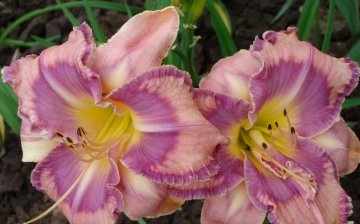
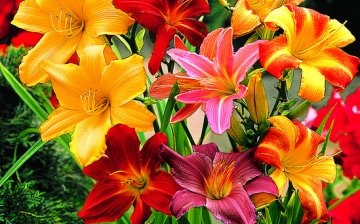

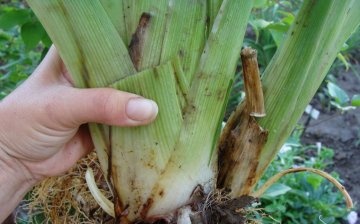
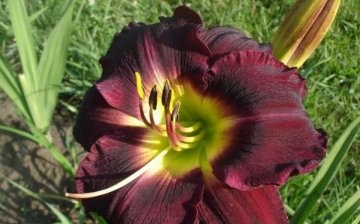







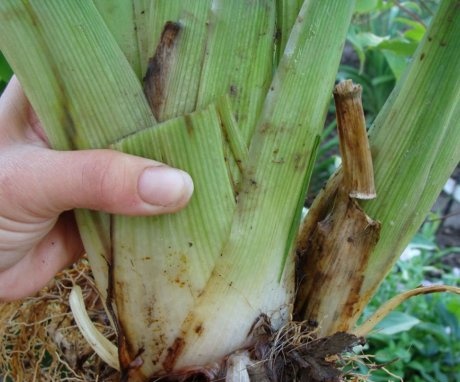
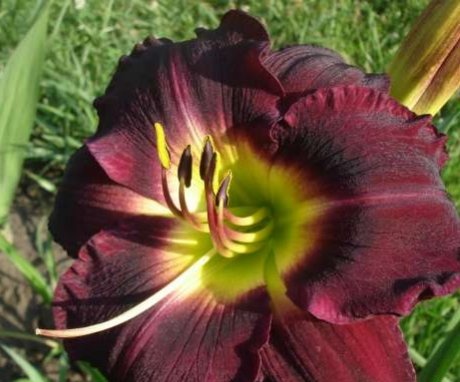
Based on the names of these plants, for some reason I thought that they have something in common with lilies, it turns out that they are not, these are completely different plants that require a slightly different approach.